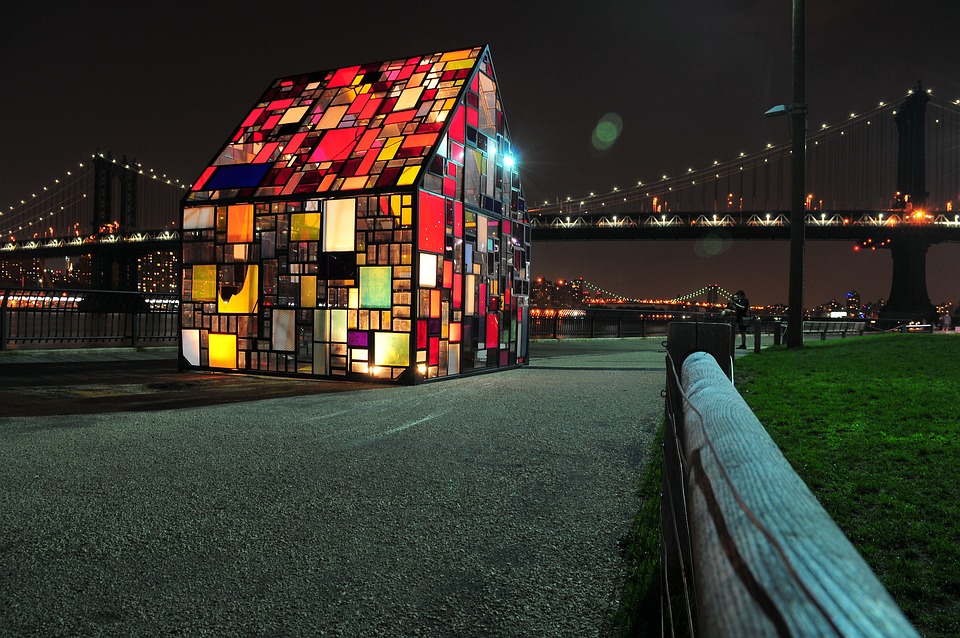The Unique Birthday Conundrum: Cracking the Code of Probability
Imagine you’re at a party with a group of friends, and someone asks, "How many people do you need to be in the room for there to be a 50% chance that at least two people share the same birthday?" You might think it’s a simple question, but the answer is surprisingly complex. Welcome to the unique birthday conundrum, a mind-bending puzzle that has puzzled mathematicians and probability enthusiasts for decades.
The Conundrum
The question seems straightforward: with 365 possible birthdays (ignoring February 29th for simplicity), you’d expect the probability of two people sharing the same birthday to be relatively low. But as the number of people in the room increases, the probability of a shared birthday seems to grow exponentially. So, how many people do you need to be in the room for this to happen?
The Surprising Answer
Believe it or not, you only need 23 people in the room for the probability of at least two people sharing the same birthday to reach 50.1%! This might seem counterintuitive, but it’s all about the way probability works.
The Math Behind the Magic
To understand why this is the case, let’s dive into the math. Imagine you’re drawing birthday cards from a deck, one at a time. The probability of drawing a specific birthday (e.g., July 12th) is 1/365, since there’s only one person out of 365 who shares that birthday.
As you draw more cards, the probability of drawing a duplicate birthday increases. For example, with 2 people, the probability of drawing two people with the same birthday is (1/365) × (1/364) = 0.0027. With 3 people, the probability becomes (1/365) × (1/364) × (1/363) = 0.0081.
But here’s the key insight: as the number of people increases, the probability of drawing a duplicate birthday doesn’t grow linearly. Instead, it grows exponentially, due to the way probability compounds. By the time you reach 23 people, the probability of at least two people sharing the same birthday has reached 50.1%.
The Fascinating Implications
So, what does this mean for our party scenario? It means that with just 23 people, you’re more likely than not to find at least two people who share the same birthday. This has far-reaching implications for fields like statistics, insurance, and even cryptography.
FAQs
Q: Why do we ignore February 29th?
A: We ignore February 29th because it’s a leap day that only occurs every 4 years. This simplifies the calculation and doesn’t significantly affect the outcome.
Q: Can we apply this to other dates?
A: Yes! The same principle applies to any date or event with a finite number of possibilities. For example, the probability of at least two people having the same favorite color is much higher than you might think.
Q: What’s the maximum number of people for a 100% chance of at least two people sharing the same birthday?
A: The answer is 253 people. This is because, with 253 people, you’re guaranteed to have at least two people with the same birthday, given the sheer number of possible combinations.
Q: Can I use this to my advantage in a party game?
A: Absolutely! Use this knowledge to create a fun party game where people try to find at least two people with the same birthday. You might be surprised at how quickly the group reaches the 50% mark!
The unique birthday conundrum is a fascinating example of how probability can lead to unexpected results. By understanding the math behind this phenomenon, we can gain a deeper appreciation for the intricacies of probability and its many applications in our daily lives.


